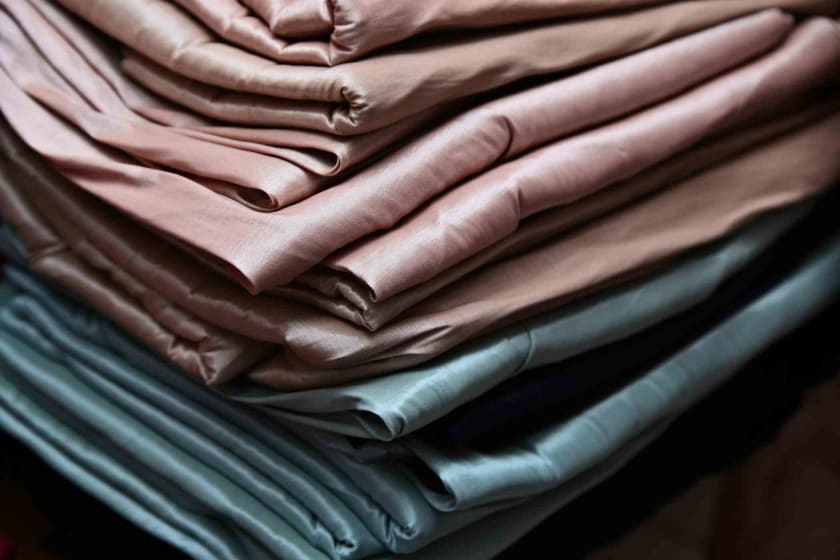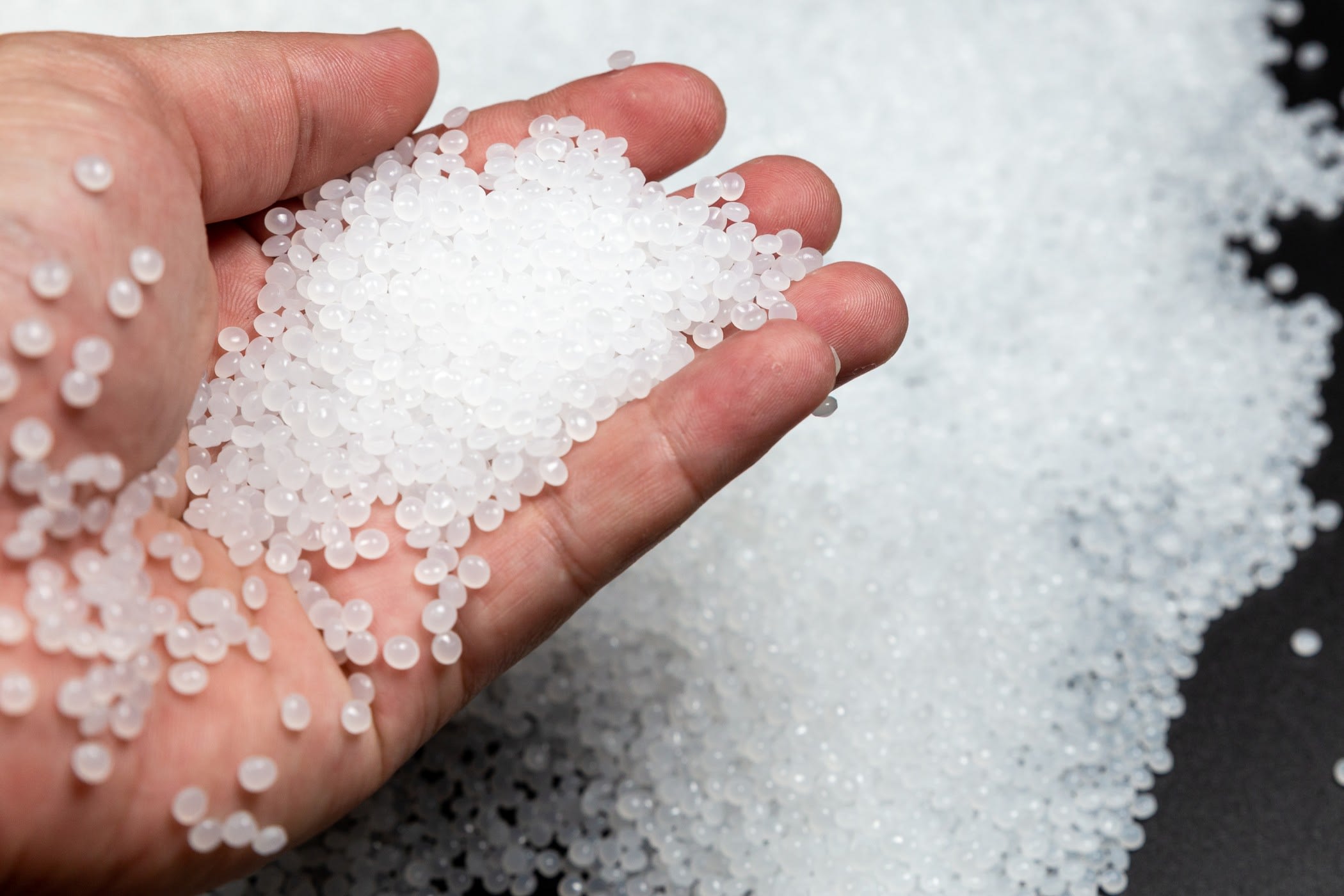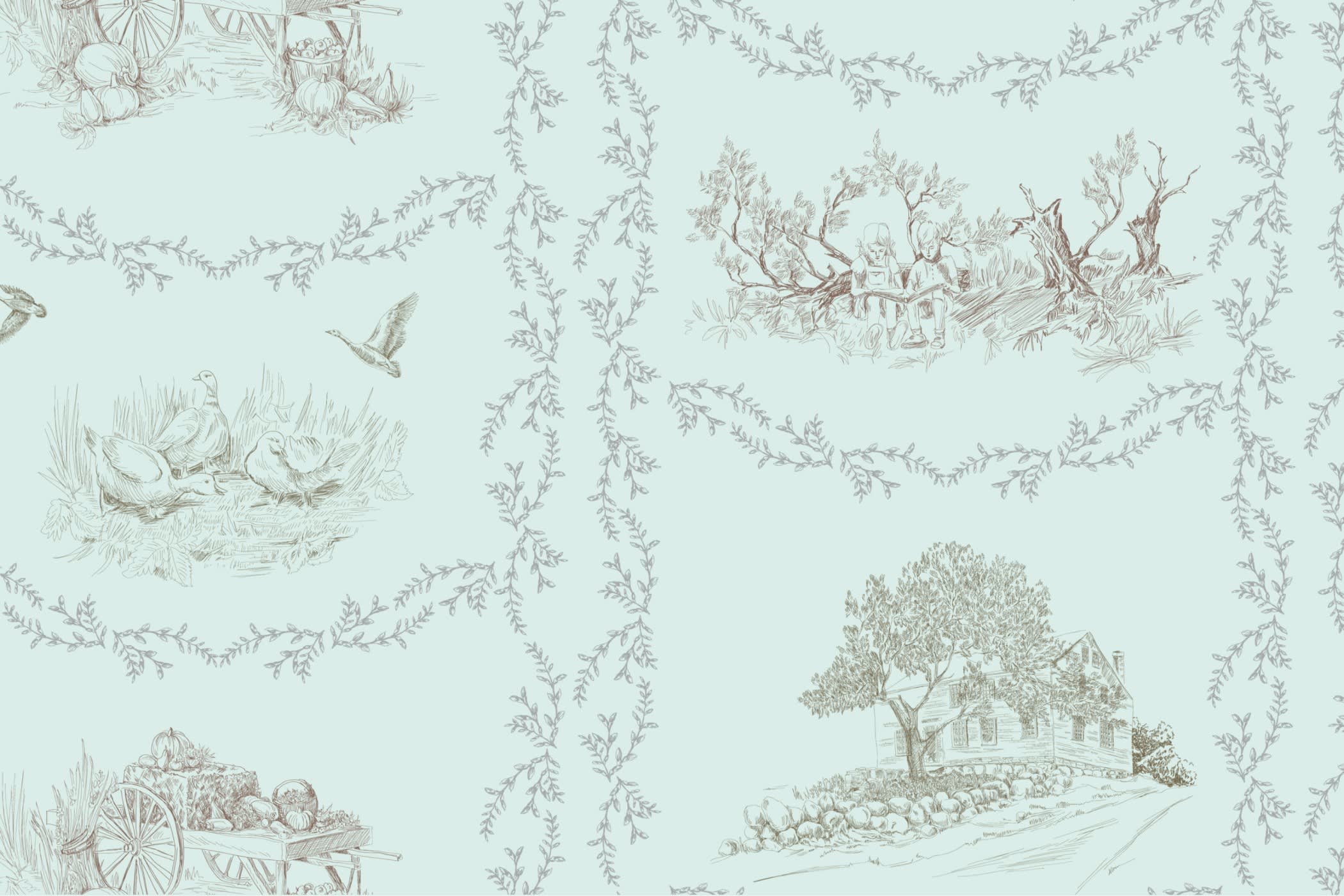A Brief Guide on Burlap: Everything You Need To Know



| Fabric name | Burlap (also known as Hessian) |
| Fabric breathability | High |
| Major producers | USA, Canada, Jamaica and Bangladesh |
| Uses | Sandbags, wrappers, upholstery, table runners and many other home décor products |
Origins
Burlap (also known as Hessian) is a natural high-strength fabric. It is a rough, loosely woven cloth made of fibers from jute and sisal plants. Flax and hemp are also used to make burlap. Burlap is usually unbleached and has a natural light brown colour.
In the early 19th century, burlap was first exported from India. It was traditionally used to reinforce linoleum, rugs, mats and carpets. The term ‘burlap’ is more common to America and Canada. Hessian is the common term used around the world. This is because burlap was used to make uniforms for “Hessian” soldiers. These soldiers belonged to the old Landgraviate of Hesse and its successors (including the current German state of Hesse).
Burlap is also called ‘crocus’ in Jamaica. In Jamaica and parts of the Caribbean, slaves who worked on plantations were often given uncomfortable materials to make clothes with. Some slaves cut and wove cotton into clothing. Others made do with clothing from roughly hewn sacks. Resourceful slaves recycled discarded sacks and made them into garments. While they were not the most comfortable, the garments provided protection from heat and dust. The Jamaican Maroons-descendants of those who escaped slavery in old Jamaica- have a traditional costume that uses fabric very similar to burlap. The costume is worn to pay homage to the bravery and creativity of those who escaped to freedom. For the rest of the Jamaican population, burlap was also used to make bags for carrying coffee and other items.
Burlap is a rough, loosely-woven cloth made of fibers from jute and sisal plants. Flax and hemp is also used to make burlap. Burlap is a high-strength fabric. It is usually unbleached, with a natural light brown colour.
Uses

Burlap is a breathable fabric. It actively resists moisture and minimizes spoilage of foodstuffs. Another advantage of burlap is that it is very durable and can tolerate rough handling. This makes sacks made of burlap ideal for transport. Burlap sacks are used to ship goods such as coffee beans and teas (e.g., rooibos tea).
Burlap can be used to make effective sandbags. Sacks filled with sand are often used to mitigate floods in temporary embankments. Burlap is also used as a wet covering in the setting of cement and concrete. This is because burlap prevents rapid moisture loss and offers temporary protection.
The loose construction of burlap makes it ideal to make household articles. Examples include wrappers, upholstery, table runners and other home décor products. Burlap is inexpensive which is advantageous for brands and manufacturers. Burlap products can be cheaply made and are quite affordable for people from all classes.
Types
| Type | Description |
| Equinox faux burlap | A manufactured burlap which is ideal for tableware. |
| Polyester faux burlap | This has a blend of fibers, including polyester. It is useful in home décor. |
| Laminated burlap | This type of burlap is laminated on the back with a polyethylene, which makes it waterproof. Laminated burlap (being waterproof) is great for making storage bags. It is also used for making banners, drawer and shelf liners. Laminated burlap is also used in decorative and household projects. |
| Bituminized Burlap | This type of burlap is infused with bitumen and can withstand heavy outdoor use. It is used to make camping mats. |
Major Importers and Exporters
The primary exporters of hessian clothes are the US, Canada, Jamaica, Bangladesh.
Impact of Burlap on the Environment
Burlap is a natural fiber and it is biodegradable. The production process for burlap is relatively sustainable. That said, polyester and other synthetic fibers used to make burlap are not biodegradable. If burlap is made with those materials, it is hazardous to the environment. Pesticides are sometimes used in the production of burlap. These pesticides can be toxic to wildlife and harm ecosystems. Pesticides can also contaminate local soil and waters.
The production process for burlap can also entail labor issues. Farmworkers may be subject to dehydration, heat stroke as well as exposure to pesticides or unsafe machinery. Clean drinking water may also not always be accessible.



















